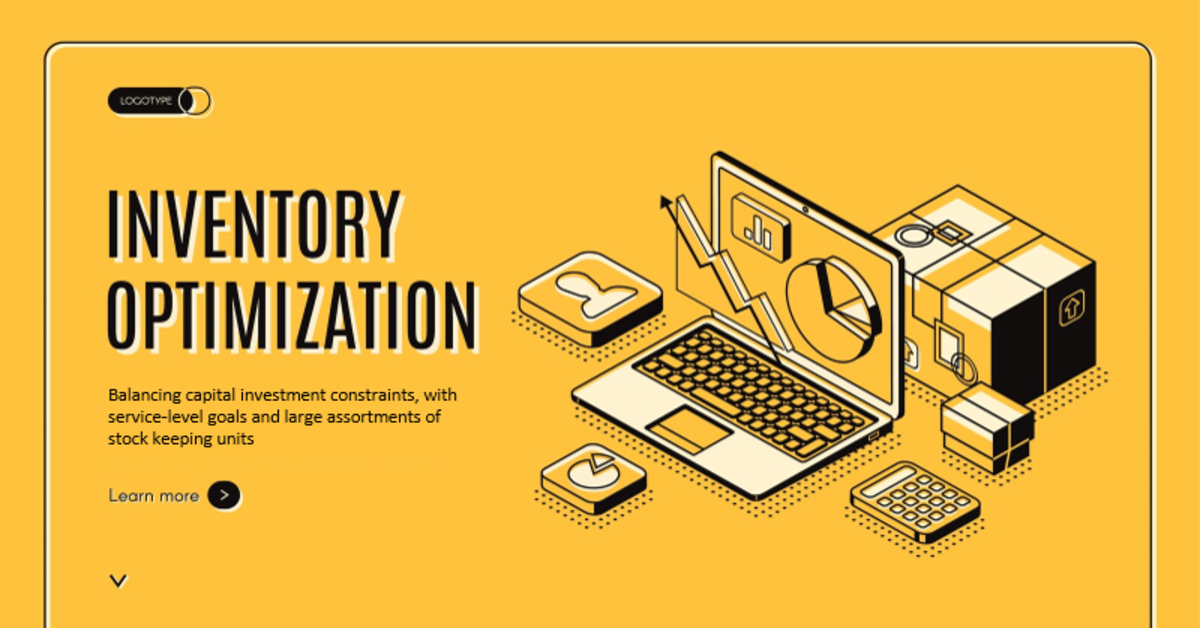Tips to Achieve Inventory Optimization
The past few months have been anything but ordinary. Some companies have seen their sales skyrocket, while others are struggling to survive. Either way, there are steps that can be taken to achieve inventory optimization.
Companies that achieve the holy grail of Inventory Optimization (IO) realize maximum profit by holding the least amount of inventory necessary, while still fulfilling consumer demands and achieving fill rate goals. By matching supply to expected demand, companies reduce the cost of carrying inventory and increase cash flow and operational efficiencies.
An excess of inventory can cause many problems for a company. The typical cost of carrying inventory is often a percent of the inventory value. Excess inventory takes up space and cash flow that could be used for profitable inventory. It can be damaged, expire, or become obsolete, forcing the company to write off the inventory.
In addition to the unpredictability of a pandemic, other factors contribute to the challenge of achieving inventory optimization. Increased globalization lengthens transit times, increasing mergers and acquisitions often result in compromised data integrity, stringent customer service level agreements pressure companies to carry more inventory than necessary, and multi-channel and omni-channel distribution can complicate the collection of data.
Here are some tips to achieving IO:
- First, products and inventory should be classified into ABC categories (and possibly AA) according to their priority. Different products will have differing profitability and seasonality, just as customers or sales channels may be of differing priorities. Sales usually follow the 80/20 Rule, where the top 20% of the products produce 80% of the sales. By categorizing products in this way, a company may realize that they are over-assorted and may move to liquidate excess inventory immediately, thus saving themselves the inventory carrying costs associated with that inventory. In addition, depending on the type of business, there may be some items that should be classified as AA – these would be items that will shut down your business if not in stock and should be given the highest priority.
- Next, companies must determine what level of service they can afford and what level their customers are willing to pay for. The relationship between customer service levels and inventory cost is non-linear, meaning the amount of inventory needed increases much faster than the level of customer satisfaction once you hit a certain point. Because products have been categorized by priority, it is clear that not all products have the same service level goals. As we’ve seen in this pandemic, consumers have not been as brand loyal as in the past. This may be a factor when considering service levels.
- A company can then use demand forecasting to determine future inventory needs, factoring in sales curves, lead times, and velocity. Although the pandemic has changed the sales curve for the past two months and we most likely won’t want to use that history for future years’ forecasting, the curve is a helpful tool to predict what demand will be when things get back to “normal”. In addition to the sales curve, adjusting lead times due to changes in the supply chain is also important when forecasting future supply and demand. Because of the increasing complexity of the marketplace, it is important to have tools, such as a forecasting system, that can gather the data from the multiple sources and provide visibility to the inventory.
- As a product’s sales slow, it is not hitting its inventory turn goals, and the product becomes obsolete. It is imperative that a company takes action to liquidate slow selling or unprofitable items in a timely manner. The faster slow-selling products are removed from inventory, the faster they can be replaced by more profitable, better-selling items.
- An added benefit of inventory optimization is the efficiencies gained in the warehouse. Because the products are categorized by priority, they can be assigned locations in the warehouse to reflect that. Operational efficiencies are gained when faster-moving product is housed closer to the outbound stations. By not holding excess inventory, costs are saved because the product takes up less space and fewer footsteps are needed to fulfill orders.
Inventory optimization increases the efficiency and cash flow of a company. Despite the challenges to achieving inventory optimization, steps can be taken to get closer to this holy grail.
For more helpful insights about achieving inventory optimization, contact the industry experts at SAFIO Solutions:









